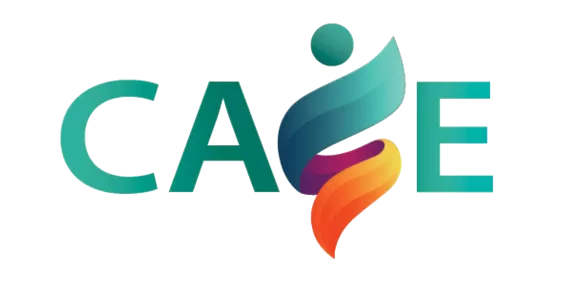CASE provides support to those who are at risk, involved in, or exiting human trafficking situations.
Our program is free, non-judgmental and confidential.
Our services are available across Hamilton, Haldimand, Norfolk and Niagara regions. We provide essential support along the path to recovery and healing by identifying, obtaining and coordinating client-driven services including:
❥ Safety planning
❥ Housing applications
❥ Health & mental health services
❥ Identification
❥ Immigration documents
❥ Legal services
❥ Police / Court support
❥ Educational opportunities
❥ Employment services
❥ Language interpretation services
❥ Other social and community supports
Frequently Asked Questions
Traffickers follow a familiar pattern of psychological manipulation and control that includes luring, grooming, and exploiting their victims. They often pose as romantic partners to gain trust and then take advantage.
Changes in behaviour can be challenging to assess as young people are naturally going through stages of development which include changing friend groups, experimenting with different styles, moodiness and being withdrawn or increasingly private.
Here are some behaviours to keep an eye out for, especially if more than one becomes apparent:
- Skipping school.
- Staying out late or overnight.
- Unexplained gifts/new possessions.
- Drugs and alcohol misuse.
- Secretive behaviour.
- Inappropriate or sexualised behaviour.
- Friendship or relationships with older adults.
- Abandoning previously strong friendships.
A type of blackmail used by perpetrators to acquire additional sexual content from someone, coerce them into engaging in sexual activity or obtain money.
Often, these offenders are current or former romantic partners. They may have an initial sexual image that was sent intentionally by the victim and are using it to get more explicit content or money; threatening to spread the picture to friends and family if the victim does not comply, hence the concept of 'extortion'.
Sometimes the offender is initially met online. This could be an individual or a coordinated group that target an individual victim. Offenders may share another explicit image with the target to build trust and encourage them to send one in return.
Since the pandemic began, there has been a large increase in the luring of young people and children online through virtual communication. Once a connection has been established, the relationship can escalate to sextortion and in some cases forcing the victim to create online content via streaming and camming platforms. This digital exploitation and sextortion often involves recognizable platforms including Snapchat and Instagram.
National Tipline
National Tipline for reporting online child sexual abuse and exploitation as well as offers safety resources.
Protect Children
Offers resources, research, family and survivor supports.
Don't Get Sextorted
Youth resource that educates around sextortion in a more digestible way.
All presentations have been created/informed by those with lived experience who work within our team and speak to the statistics/trends/information we see directly within the areas we serve (Hamilton, Haldimand-Norfolk, Niagara).
This condensed version of the training includes:
- Basic overview of domestic human sex trafficking
- Human trafficking myths and facts
- Spectrum of sexual exchange
- Cycle of human trafficking
- Risk factors/vulnerability factors
- Human trafficking signs and red flags
- Survivor story
- What to do if you suspect human trafficking
- Community resources
This full version of the training includes:
- A deep dive into domestic human sex trafficking
- Discusses the mindset of a trafficker, john, and person with lived experience
- Why people don’t report
- Stages of change
- Trauma in relation to human trafficking, common trauma responses that are seen among people with lived experience
- Trauma-informed care practices
- How to empower choice
- How to navigate disclosures
- Case study
- Current legislature/duty to report
- Engaging with survivors
This version of the training is presented to youth in person only.
- Boundaries
- Consent
- Healthy Relationships
- Personal Safety
- Sextortion
- Human Trafficking
- Resources available in the community
- This presentation includes interactive activities and incorporates youth discussion throughout the topics
Interested in booking a presentation for your organization? Please complete the form below:
